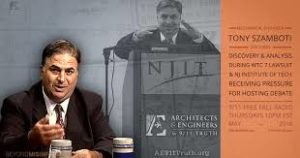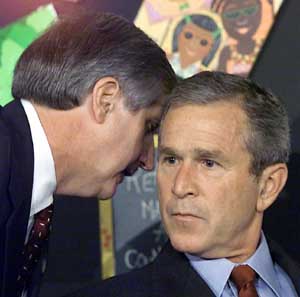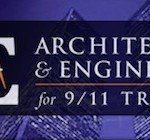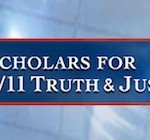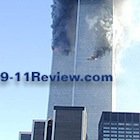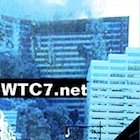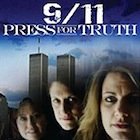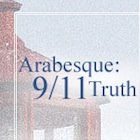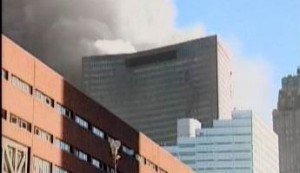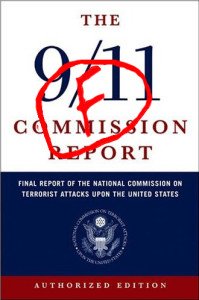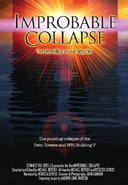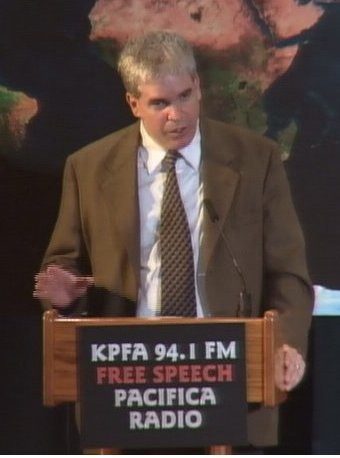by Steven E. Jones*,1, Frank M. Legge2, Kevin R. Ryan3, Anthony F. Szamboti*,4 and James R. Gourley5
INTRODUCTION
On September 11, 2001, the Twin Towers of the World Trade Center (WTC) were hit by airplanes. Total destruction of these high-rises at near free-fall speeds ensued within two hours, and another high-rise which was not hit by a plane (WTC 7) collapsed about seven hours later at 5:20 p.m.
The US Congress laid out the charge specifically to the National Institute of Standards and Technology (NIST) to “Determine why and how WTC 1 and WTC 2 collapsed fol- lowing the initial impacts of the aircraft and why and how WTC 7 collapsed” [1]. The Federal Emergency Management Agency (FEMA) was acting with a similar motivation in their earlier study of these tragic collapses [2]. NIST and FEMA were not charged with finding out how fire was the specific agent of collapse, yet both evidently took that lim- ited approach while leaving open a number of unanswered questions. Our goal here is to set a foundation for scientific discussion by enumerating those areas where we find agree- ment with NIST and FEMA. Understanding the mechanisms that led to the destruction of the World Trade Center will enable scientists and engineers to provide a safer environ- ment for people using similar buildings and benefit firefight- ers who risk their lives trying to save others.
